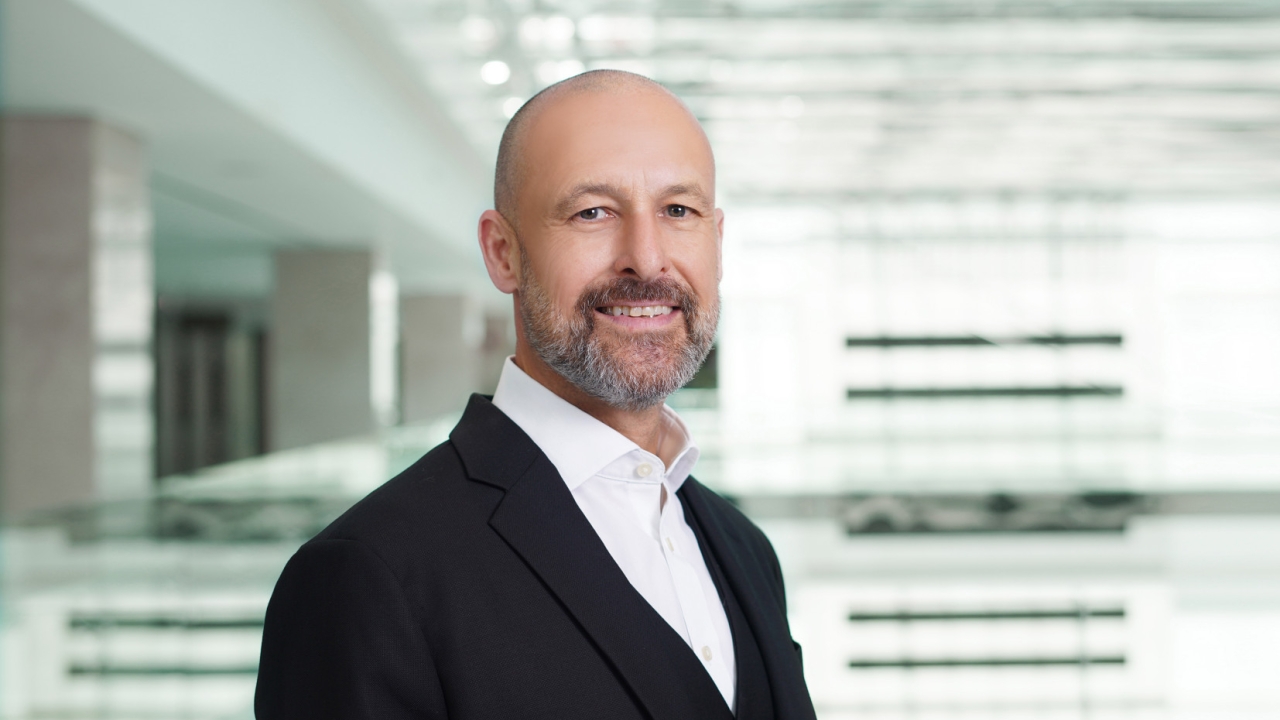Mind the gap… stark warning as next-gen talent goes missing
Noureddine Mouaddib, founder and president of Rabat International University, made an appeal to tackle challenges regarding human resource development in aviation at a conference in Marrakesh, Morocco. Vincent Chappard and Anuradha Deenapanray report.

Noureddine Mouaddib is predicting huge tension throughout the aviation sector as it continues to outpace the number of qualified people with the ability to resource it properly.
The founder and president of Rabat International University was speaking at the Middle East and North Africa Business Aviation Association (MEBAA) conference in Morocco.
“The challenge is how to attract talent towards aviation as people are increasingly drawn towards other high-tech sectors, which look more exciting and have interesting salaries,” he said.
In the early 2000s, Morocco and other countries in the region didn’t have excellent or highly ranked universities. Young people from modest backgrounds couldn’t afford to study abroad, so it became a necessity to offer on-site training in advanced sectors as well as diplomas and degrees.
Consequently, under the leadership of King Mohamed VI, the International University of Rabat was launched in 2005. Today, it trains 5,000 students, including 600 in the aerospace sector.
Attracting and retaining the best people are major aspects of the future leadership and operational challenges, said Mouaddib. There’s a need to create comprehensive training programmes and cross-functional opportunities. More focus should also be put on both internal and external development programmes by building bridges between the industry and But, as he pointed out, universities cannot work alone. They need the support of industry professionals for internships and to help people discover the work environment and the labour market.
“We need to train our students with a specific profile, so that they are operational once they get their degree.”
Besides human resources, other major issues like research and innovation must also be addressed.
“This know-how must be acknowledged through technology transfer, patents and the setting up of start-ups. Our universities must be part of international research and innovation networks. It is also about creating an ideal setting and environment for the mobility of students and researchers,” stressed Mouaddib.
The role of universities training centres and institutes is crucial in such a promising, innovative and challenging industry that constantly requires highly skilled people, creative thinkers, risk-takers and tenacity, he concluded.
It is a view shared by many in the industry. While there has been a significant rise in the number of training programmes for engineering and technical jobs, it is only recently that a real focus has been made on management training opportunities.
Ali Ahmed Alnaqbi, founding and executive chairman of MEBAA, underlined the problem. “There will be people leaving the industry because of retirement in future,” he said. “There is no injection of fresh blood in our industry and that is why we are specifically targeting universities and colleges to raise one of the main challenges in business aviation and aviation in general.”
So how serious is the problem?
According to the International Civil Aviation Organization (ICAO) by 2037, air transport in the Middle East will require more than 44,000 additional pilots, 4,000 air traffic controllers, 47,000 MRO technicians and 93,000 new cabin crews. Africa will also need more than 23,000 additional pilots, 4,200 air traffic controllers, 28,000 MRO technicians and 37,000 cabin crews. Asia will lead the growth for new fleet and personnel.
Ridesharing companies also plan to offer multimodal air transportation between suburbs, cities and ultimately within cities. They will likely develop fleets of small, electric vertical take-off and landing (VTOL) aircraft in a near future. These fleets will also require pilots and technicians to be maintained.
Added to that, the number of commercial flights and passengers is expected to double by 2030. One third of the world’s goods and 90% of e-commerce orders are delivered by aircraft. Demand for private and business aviation is also going up.
Consequently, over the next two decades, the high demand for a qualified workforce will need to be correlated with aircraft delivery plans and technological innovation.
Stay up to date
Subscribe to the free Times Aerospace newsletter and receive the latest content every week. We'll never share your email address.

